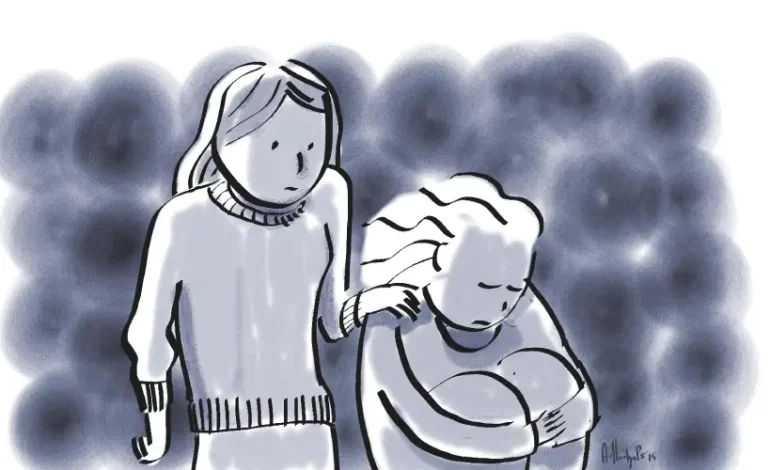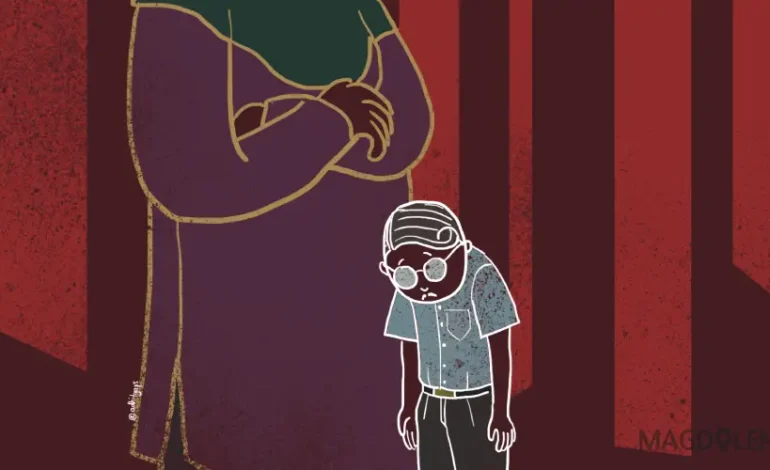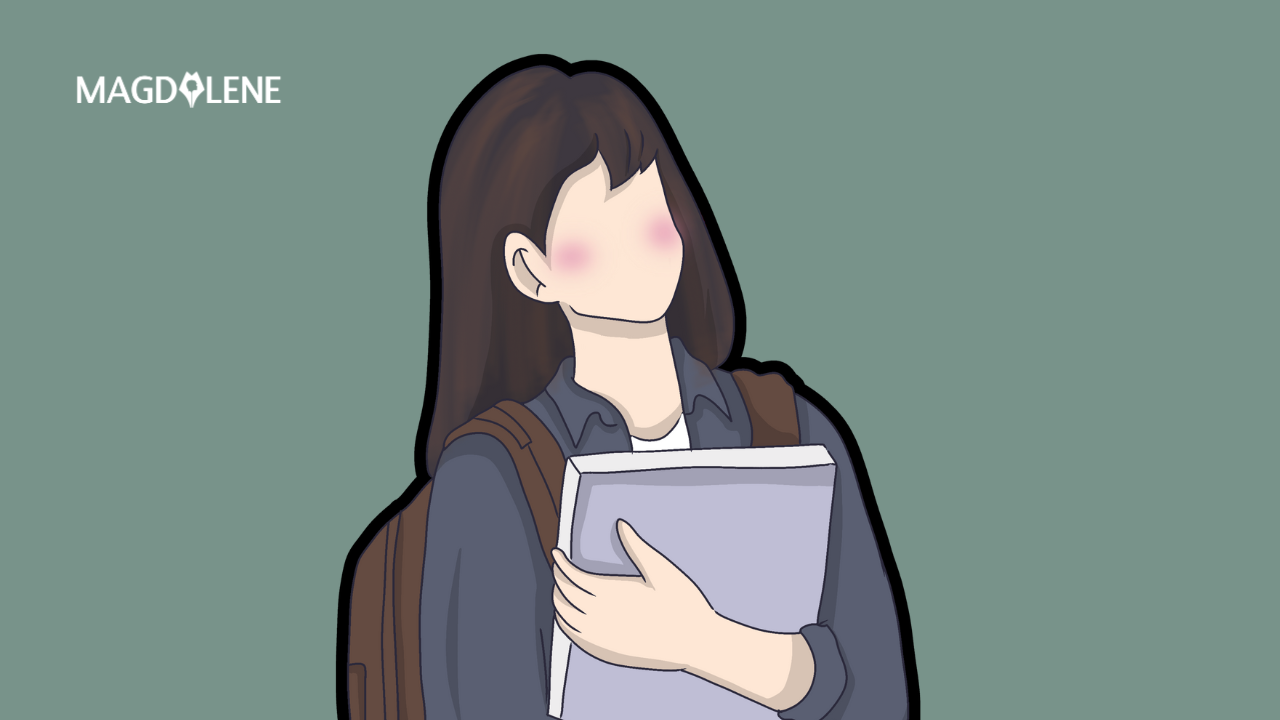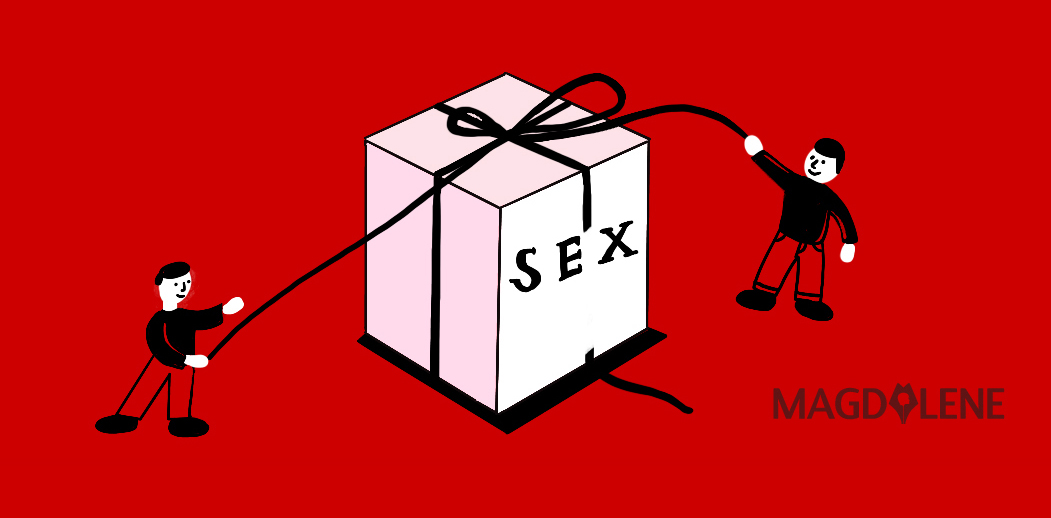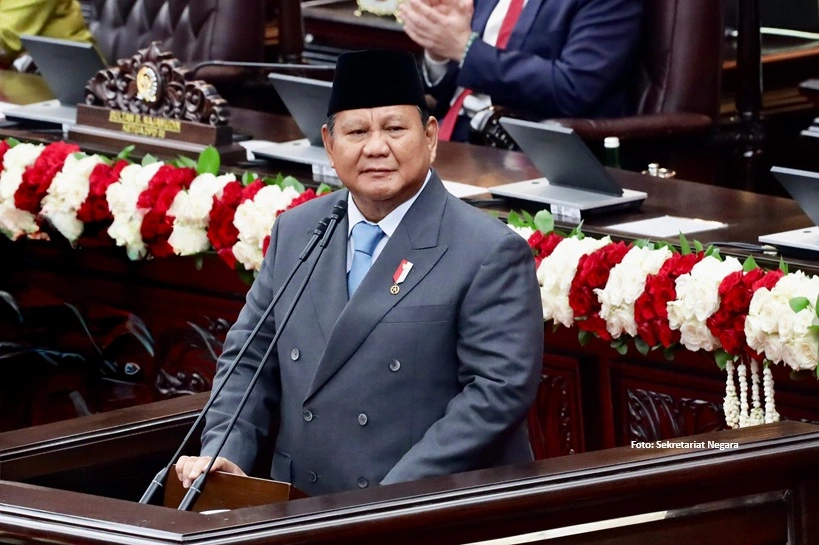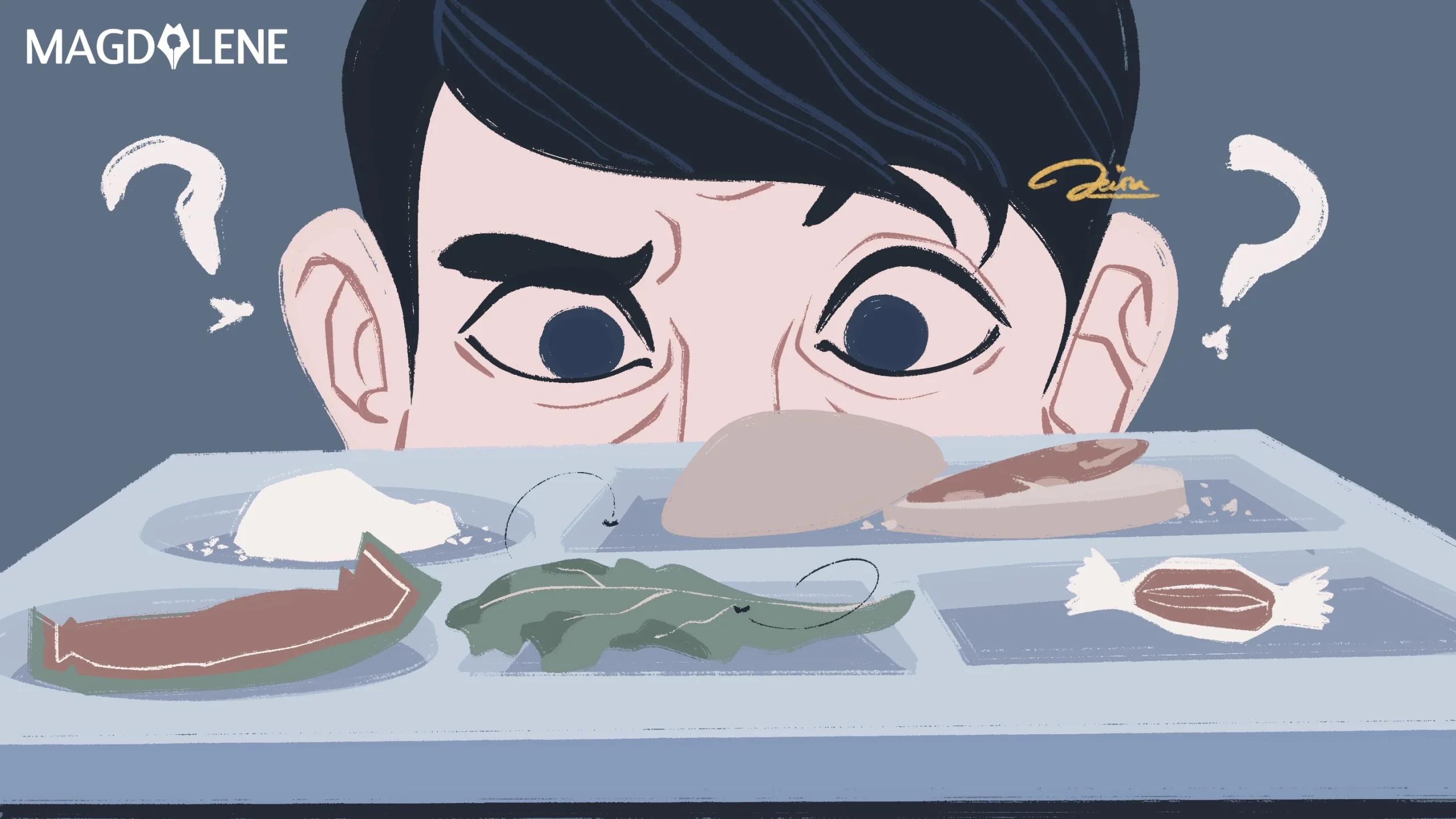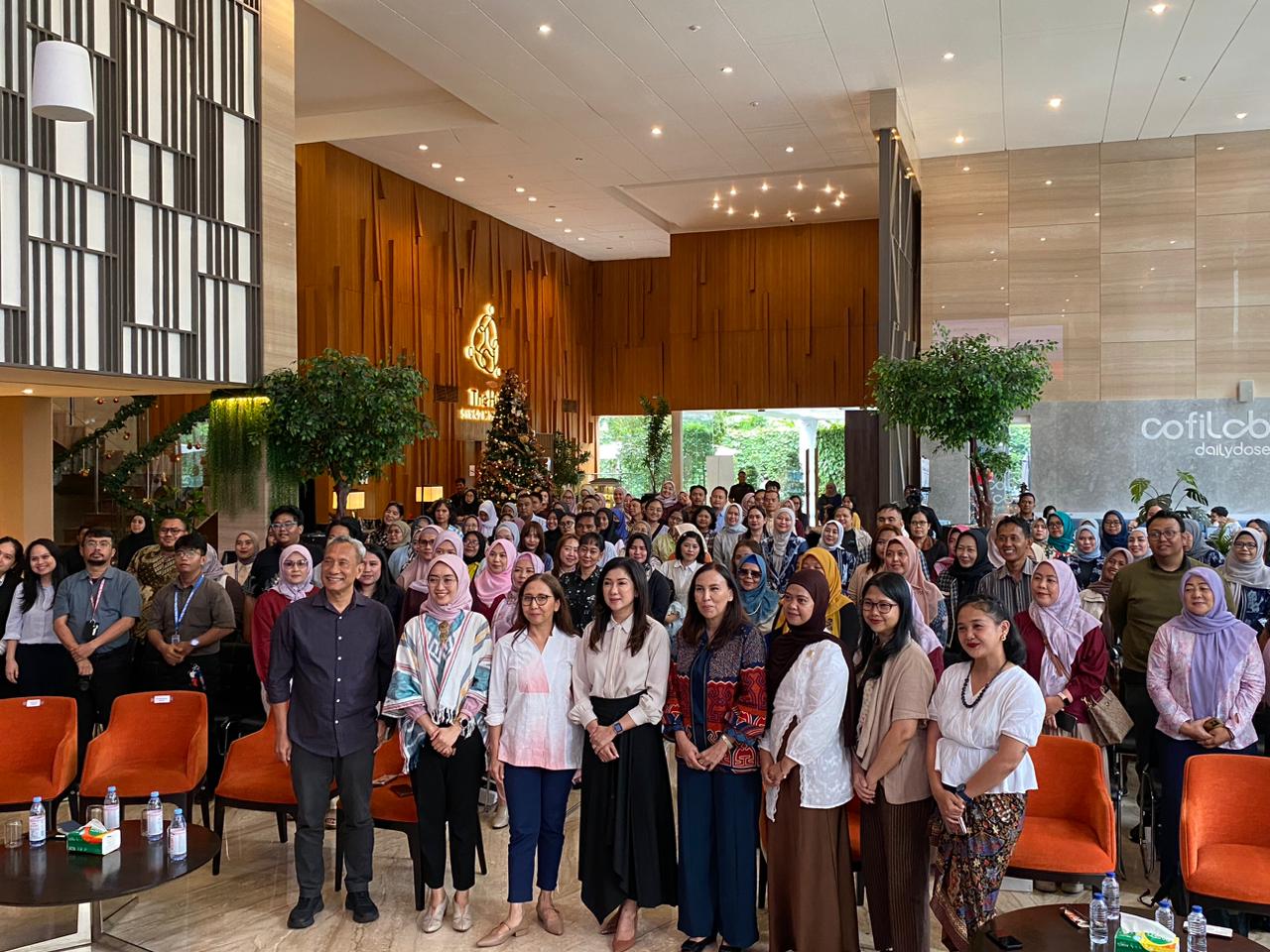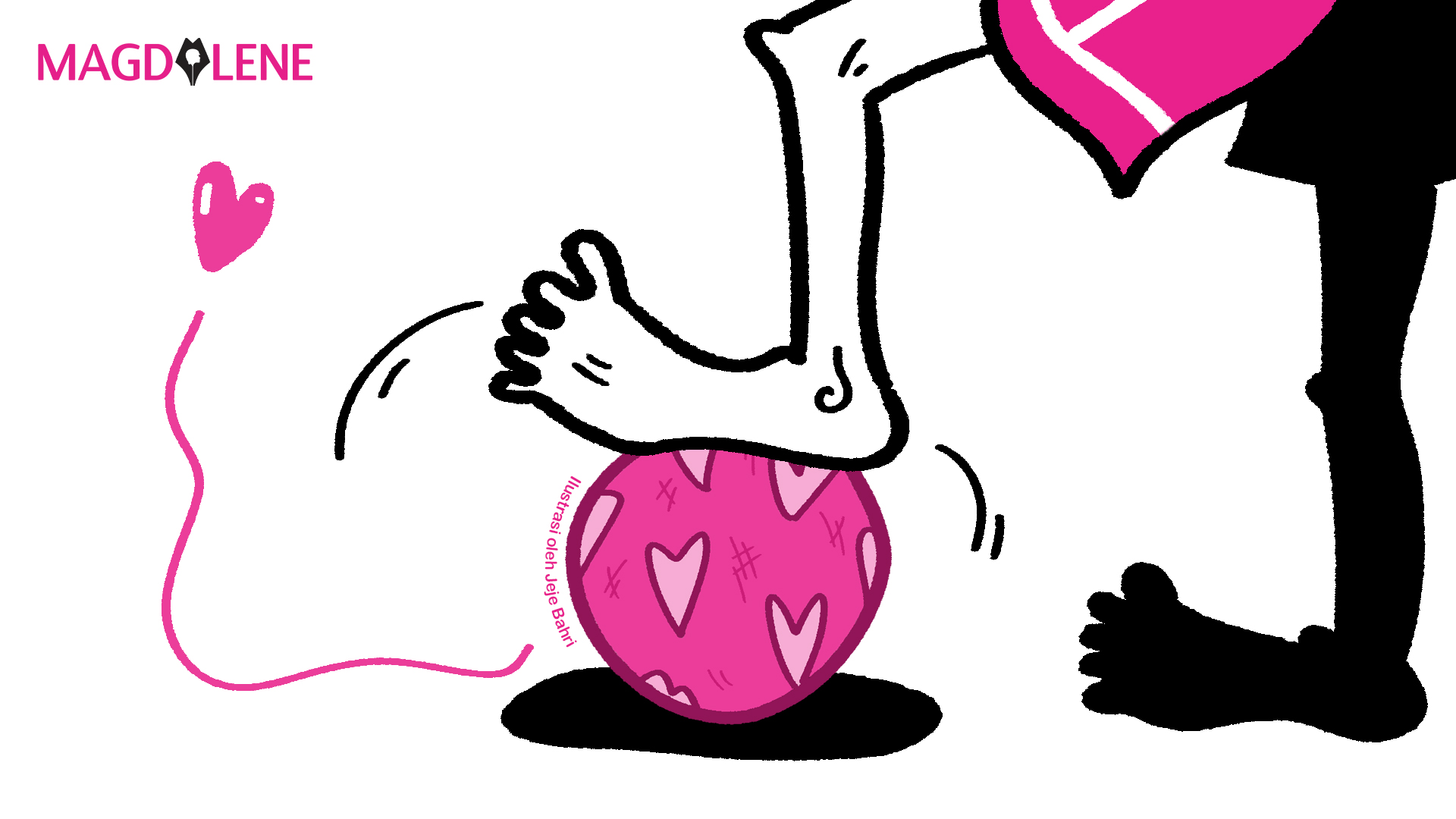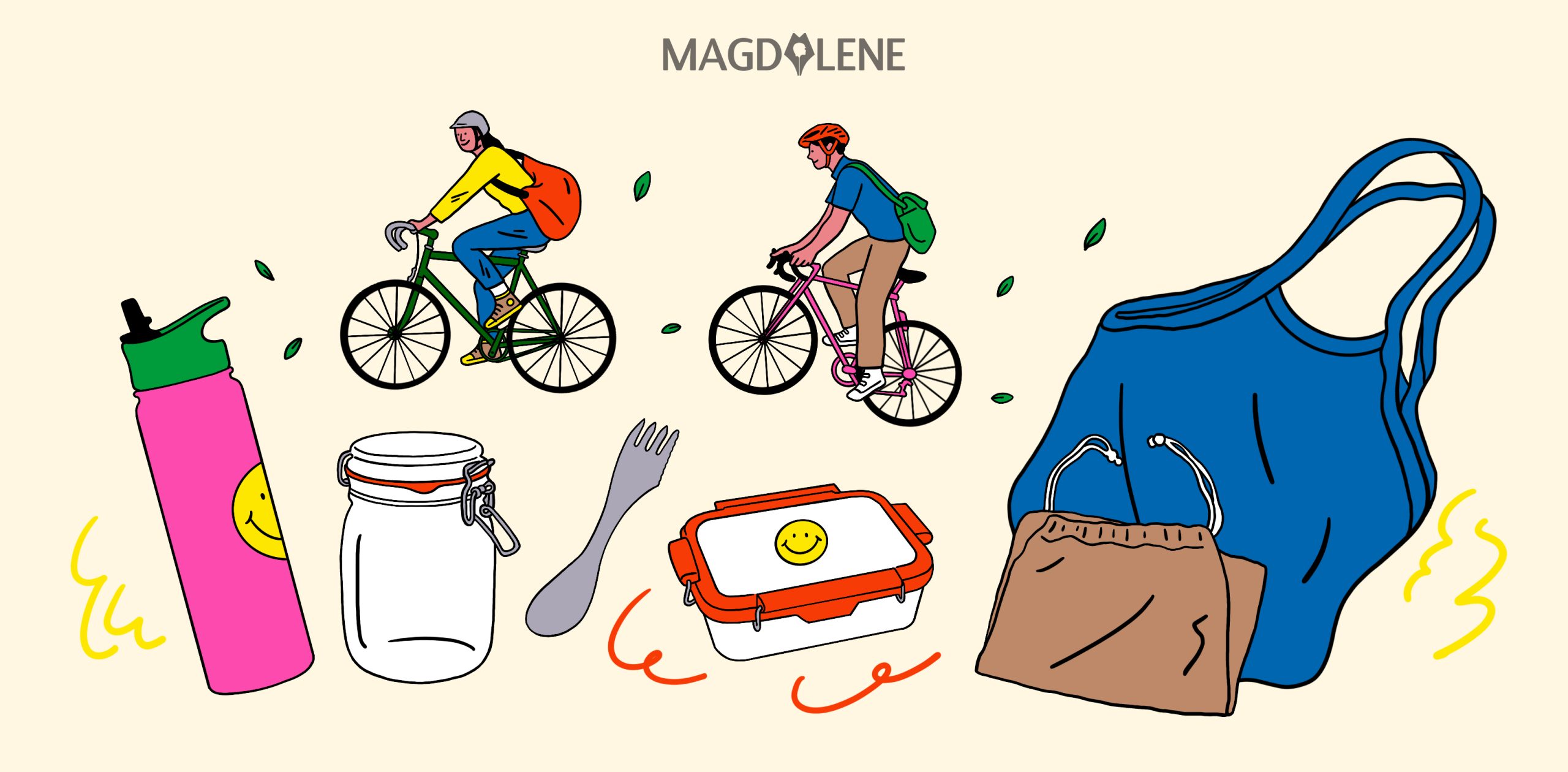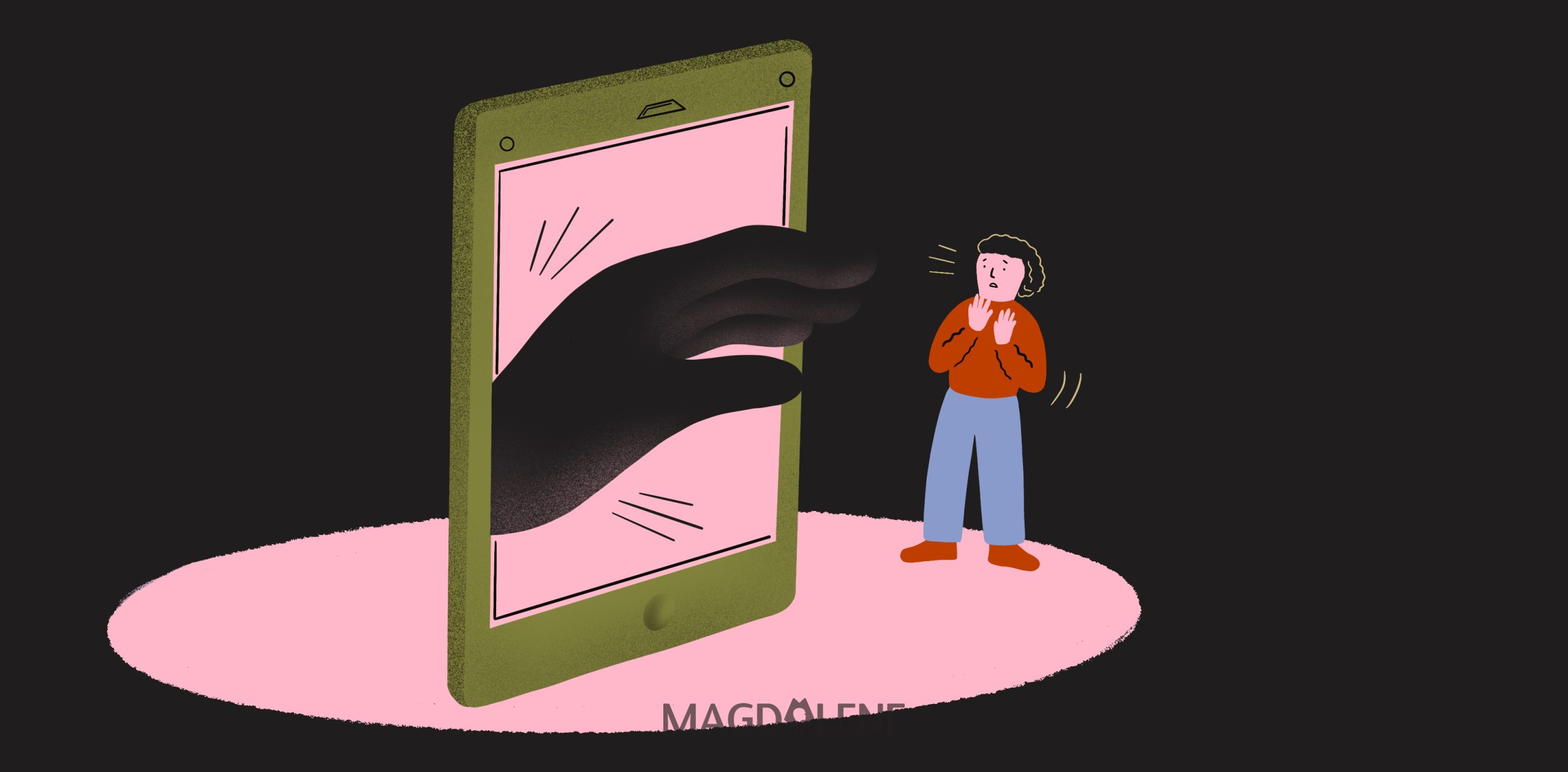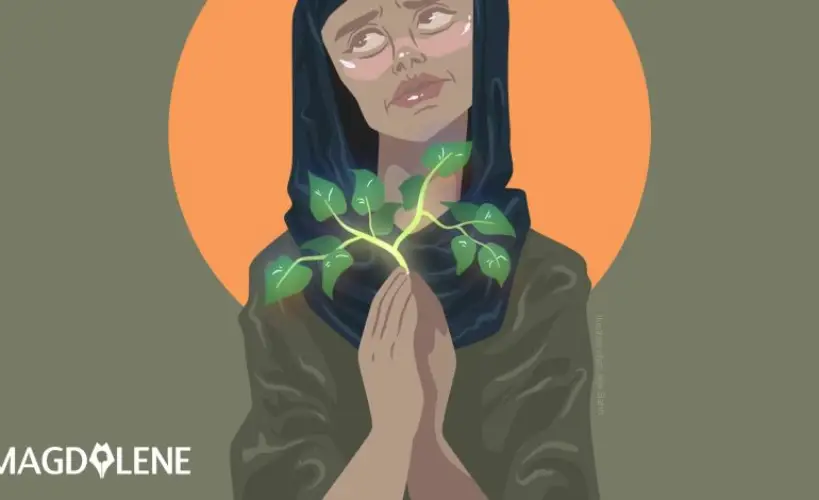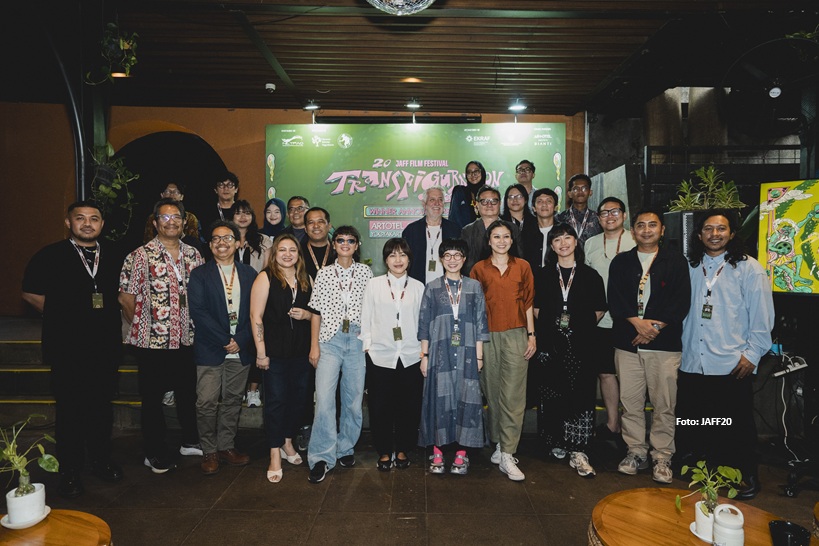Too Pretty To Be Gay: On Being Invisible Among Your Own People
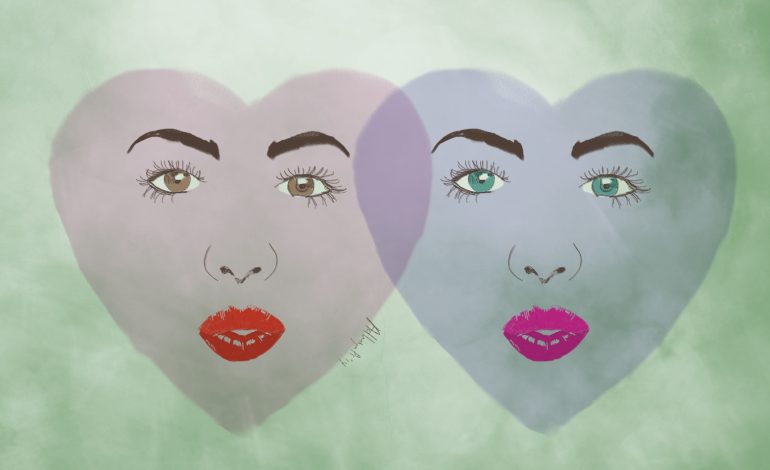
“But you’re too pretty to be gay!”
For someone who looks nothing like a Victoria’s Secret model, I actually hear that a lot. Not because I wake up with perfectly curled lashes and genetically blessed with highly symmetrical facial features – or whatever superficial measure of what is deemed aesthetically pleasing.
In fact, I believe that people simply use the term “beautiful” in exchange for “femininity”, because the prevailing stereotype is that queer girls are simply not feminine and not “pretty”.
In the words of Queen Beyoncé herself, pretty hurts, and in the case of being a feminine-presenting queer girl, it hurts in ways that others in the queer community may not even know or notice. Sure, being “straight-passing” has its perks and privileges, but it certainly doesn’t come without its fair share of disadvantages.
“Passing” is when you can get away with seeming like the majority when you’re actually part of the minority. For those who constantly have to deal with the obviousness of their other-ness, it may feel like it’s a luxury. But nevertheless, as feminine queer girl, I am often invisible to other queer people.
My femininity is often marginalized and delegitimizing. My gender-conforming appearance is often seen as heteronormative, less radical and less queer in a community, in which being visible and valued depends on being androgynous or gender-bending in any way.
Whether I’m wearing skyscraper heels, stompy platform boots or sneakers, it’s not easy to stand in my shoes. Sometimes I feel like I have to discredit just as many assumptions regarding my gender representation as my masculine-presenting girls or genderqueer counterparts.
My acrylic french manicure go unnoticed in the queer community, and more often than not, I get mistaken for the straight girl in the room. Often times, people simply don’t take me and my sexuality seriously.
I find myself over-asserting or relentlessly defending my attraction for other girls. As in, I have had to get used to being more aggressive when I flirt, because I have to convince those who catch my eye that I’m hitting on them. Here’s a thing: next time you see a girl in a flowy dress eyeing you from across the room, don’t immediately get weirded out and assume she wants to challenge you in a staring contest.
And that’s not to say that I have it easier OR worse. Totally not.
What I’m saying is that me and many other feminine-presenting queer girls have it differently, and that being ignored and being assumed to be something else, is equally as offensive, stereotyping, and discriminatory, as the disgusted glances and rude comments thrown at our more “visibly queer” counterparts.
We’re not constantly on everyone’s gaydar. But what if we want to be? While the ever-so-clueless straight person and their “innocent” questions are more forgiveable and understandable in a way, this kind of intolerance from our own community is unacceptable. Imagine passing right by your people and being looked through as if you were made of cellophane.
My feminine identity is further complicated by the fact that I also date male-identified people. Sometimes when I speak to people about my male crushes or exes, especially in non-queer contexts, it almost feels as if I’m losing my identity and myself in the process. I wouldn’t necessarily mind people not knowing I’m queer, but I don’t like being thought of as straight.
I don’t like having to explain my sexuality to people and how this negotiates with my other personal preferences such as what brand of lipstick I use or my eternal love for RuPaul’s Drag Race. Even if I make it a known fact that I am into girls, I’m still doubted and distrusted by everyone. What I hate the most is that the only evidence they have is that I do not fit in with their visual idea of a queer person, therefore I must actually be straight.
Queer visibility is a double-edged sword. People who fit society’s idea of how a queer person is supposed to look like tend to face overt discrimination and hostility, while those of us with less obvious signifiers can pass by without much confrontation.
However, this doesn’t necessarily mean that we feel safer. As an invisible queer, I can’t help but wonder whether the person treating me with kindness and courtesy would switch to disdain if they knew that I’m part of the LGBTQ spectrum.
I’m out to anyone who Googles me, but in everyday interactions with casual acquaintances, I have to come out again and again. There’s always someone to tell. I make it sound totally casual like it’s part of the conversation, but I bring it there on purpose. My idea was that if you’re not okay with my queerness, I don’t want to waste my time getting to know you.
In retrospect, this kind of helped spread the word about my queerness too! When no one affords us the benefit of hesitating before expressing the assumed pronoun of who we’re dating, we have to fight to be noticed for who we are.
Zara Zahrina is an undergrad communications student at Universitas Airlangga. She drinks heart-attack-inducing amount of coffee, and believes in girl power and always looking fancy. When not taking her stompy boots for a walk, she can be found tweeting at @skeletale.

